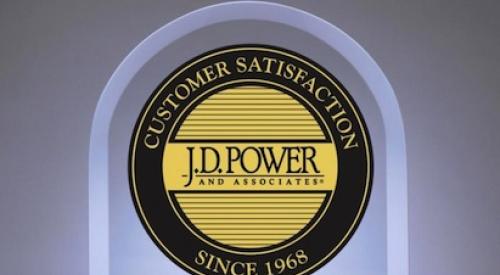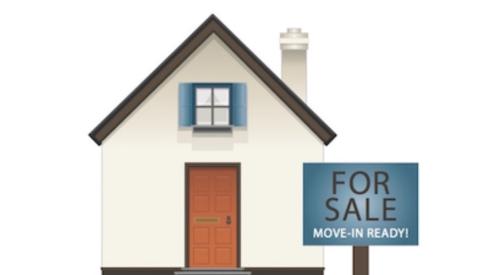Last month J.D. Power and Associates exited the home building industry. And it is not known whether they will be back when new-home construction recovers. But after more than 10 years of bringing its brand of third-party customer-satisfaction measurement to home building, the company clearly opted for greener pastures. They decided their resources would be better spent on its surveys of automobile buyers and frequent flyers, among others.
Whatever you may think of the company’s surveys and its subsequent market-by-market builder rankings, many industry observers agree that the threat of potentially negative ratings from J.D. Power initially spurred many builders to make customer satisfaction a higher priority. In short, the industry benefited from the company’s work.
These days, it is hard to find a builder that does not utilize some type of customer-satisfaction measurement, even if it means simply having a team member survey past clients about their willingness to refer. The reason? Lessons have been learned. Most builders now know the high correlation between willingness to refer and overall satisfaction, as well as the corresponding benefits — namely, a steadier stream of future business. But it wasn’t always that way.
In the bad-old days, when ignorance persisted about the bottom-line benefits of customer-satisfaction measurement, (more sales and lower customer acquisition costs), there was a churn mentality among many builders. Once a customer bought a house and it was successfully built, that was the end of the relationship. So now, with the exit of J.D. Power, the question is: Will builders backslide and spend less time building positive client relationships because they know that potentially unflattering numbers will not be made public? Possibly. But I am of the view that builders are among the converted. They see not only the direct benefits of running a business focused on customer satisfaction, but they also see the many unintended management benefits of the resulting data.
Charlie Scott of Woodland, O’Brien and Scott, a HousingZone.com blogger and PB expert contributor, aggregated reams of builder customer-satisfaction data to reveal a stunning conclusion with broad implications. Spec-home buyers generally don’t get the same relationship-building time with a home builder as do “to-be-built” home buyers. For the first time, Scott demonstrates lower rates of willingness to refer among spec buyers and a stream of lost opportunities for referrals.
The article is a must read. Only 48 percent of spec buyers from a pool of 3,900 builder customers “actively referred” their builders to friends and family, while 68 percent of the to-be-built buyers “actively referred.” This translates to a loss of three to five buyers per one hundred homes closed in a given year. You can do the math on the dollars at stake. It is substantial. When presented with facts like these, wise builders and managers usually take action. There are clear steps that can be taken to create better, more lasting relationships with spec buyers. And that is only one of many examples of better management resulting from customer-satisfaction data.
Thanks in part to J.D. Power, the customer-satisfaction genie is out of the bottle and there is no getting it back in. And some builders may backslide, but they will do so at their own risk.











